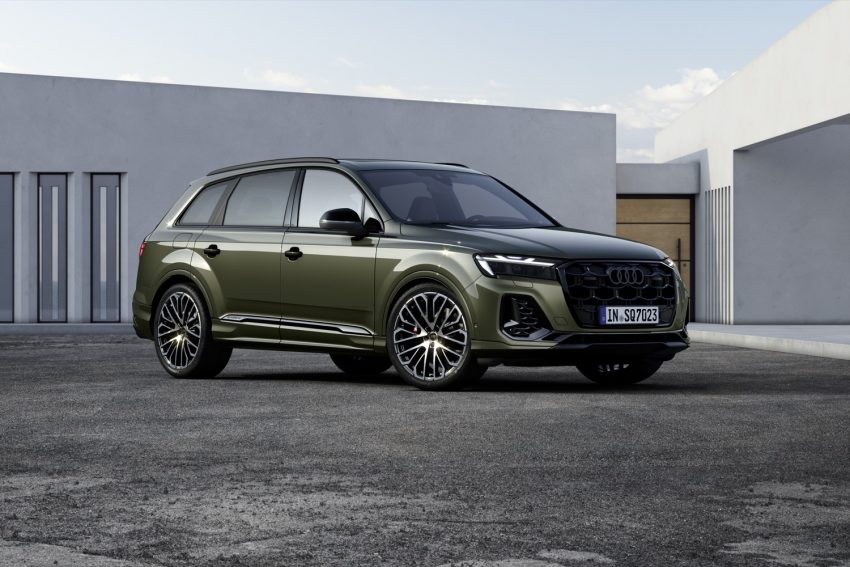As GM Authority covered previously, Cadillac announced this past May that it would change course on its plans to transition to a fully electric brand by 2030. In the midst of broader electrification strategy changes at GM and the auto industry at large, market dynamics and consumer feedback have forced many automakers to reconsider the timeline when it comes to going full EV. Now, that includes Cadillac’s rival Audi, which states that it will remain “flexible” in its EV transition going forward.
According to the Chairman of the Board at Audi AG, Gernot Döllner, who recently spoke to InsideEVs, Audi aims to implement a flexible strategy over the next decade with regard to its electrification efforts. Audi had previously planned to end production of combustion-powered-only cars by 2026, with a gradual ICE phase-out by 2033. New plans indicate a different strategy.
The shift is likely prompted by several factors, including government policies and consumer demand. For instance, the U.K. has delayed its ban on internal combustion engines, and the Biden administration has relaxed its emission standards guidelines.
Interestingly, Audi is now launching several new gas-powered models, including the new Q5 crossover and the new A5. The current plan is to balance a lineup of both ICE/hybrid and all-electric models to adapt to market changes. Audi intends to update its ICE lineup by the end of 2026 and offer an EV option across its entire lineup by 2027. While there still remains an endpoint for internal combustion engines in Europe, currently set for 2033, Audi will remain flexible in adapting to the conditions at hand as that date approaches.
Meanwhile, Cadillac announced in 2019 that it would end internal combustion engines in new products by 2030, a stance reiterated in 2021. However, recent changes in market demands and the political landscape have prompted Cadillac to reevaluate its strategy, and the brand is now set to provide customers with the “luxury of choice” in the market, offering both ICE and EV models to meet consumer needs. More broadly, GM has announced plans to reintroduce plug-in hybrid electric vehicles to the U.S. market, a move expected to provide additional time to build out the EV charging infrastructure and support the transition to EVs.
Subscribe to GM Authority for more GM competition news, Cadillac news, GM electric vehicle news, and around-the-clock GM news coverage.


















Comments
It’s absolutely astonishing how wrong so many absurdly paid people were about all of this EV stuff. What a joke. Completely out of touch with reality.
Its even more astonishing when the Europeans are even coming to terms with this reality. Especially because one would think EV ownership would be easier in the EU with mass transportation being easy to use and necessities being easy to get to without a car, so the car is really only a luxury there (unlike US and Canada where you will literally get nowhere without a car unless you live in NYC or Chicago). But then again, most Europeans live in apartments so owning an EV would be next to impossible to do without inconveniences.
Agree, but in part but they were reacting to the political environment they were/are dealing with.
On the other hand, jumping head long into pure EV’s with no transition (gm in particular) was an obvious, high risk top-down call that should not have happened. The BOD exists to oversee management decisions so they are equally to blame.
What’s baffling is It’s almost as though no one did any market research at all that could have determined the actual level of mass EV adoption given the current and projected state of EV development, cost and supporting infrastructure vs buyer needs. That includes the regulators and the industry.
That kind of forecasting research isn’t hard. Established methodologies have been around for decades. You just have to do it and be willing to listen to the results.
I agree they got the cart ahead of the horse a little bit. But, ultimately, personal transportation vehicles will transition to EV’s. As battery life, charging times and infrastructure improve, the economies of scale will kick in and they will be less expensive to buy, own and operate than ICEVs. It’s just a matter of time. There are just too many advantages.